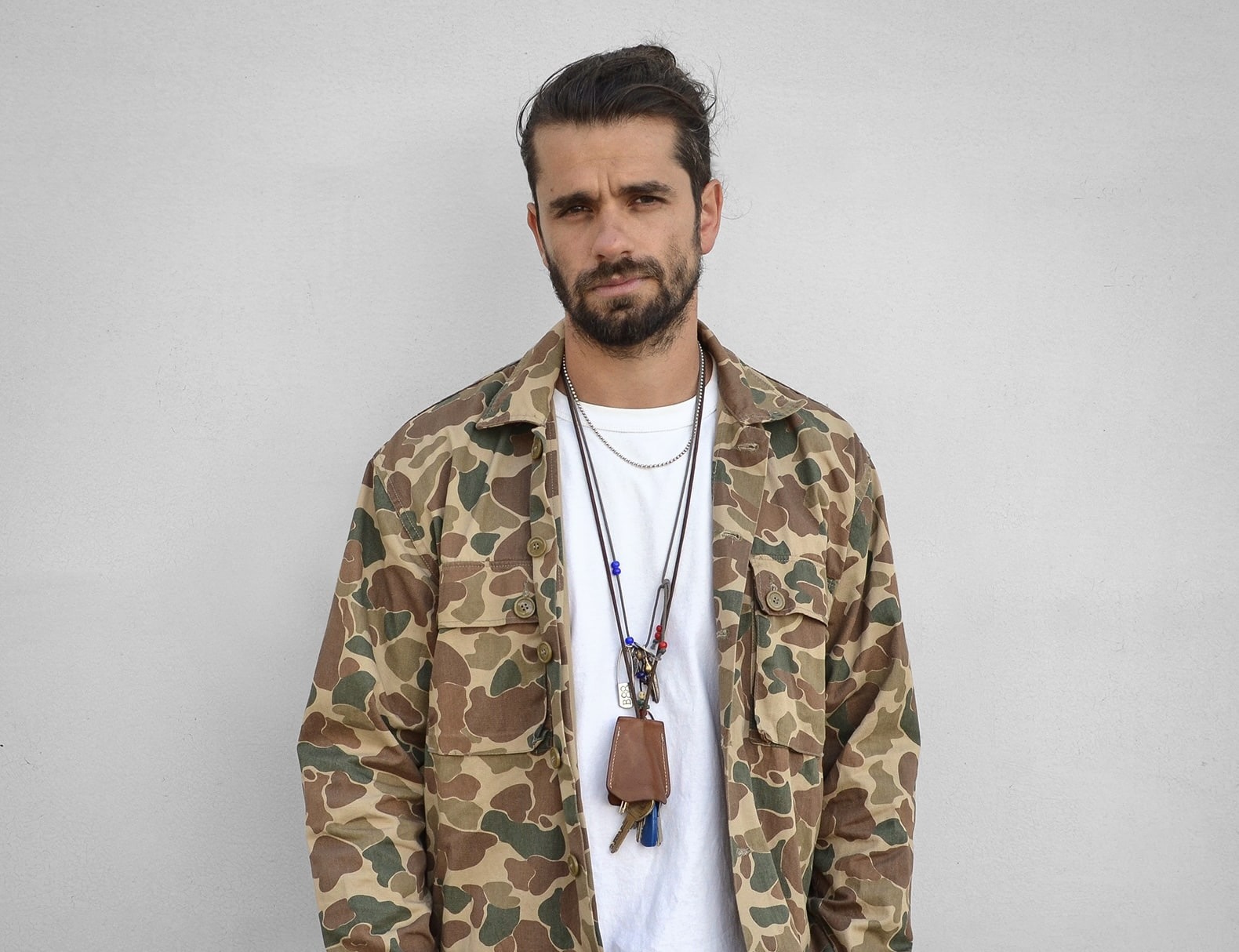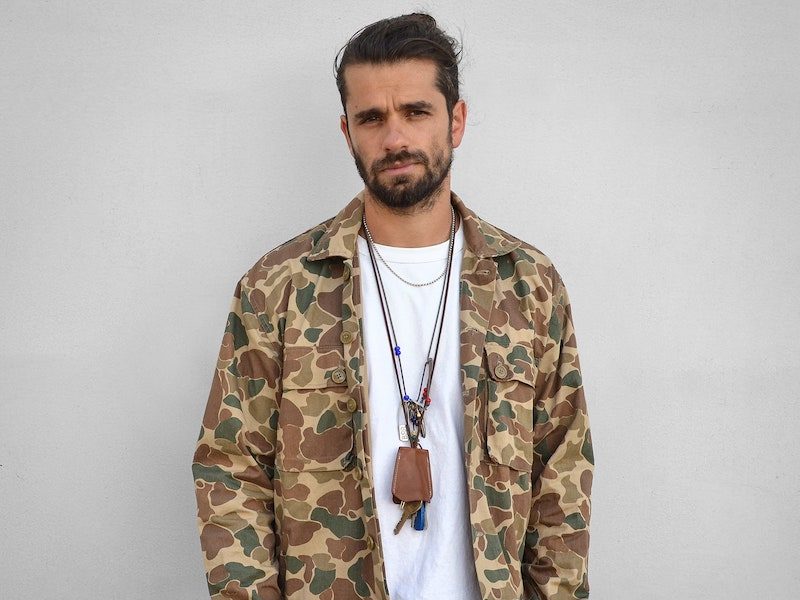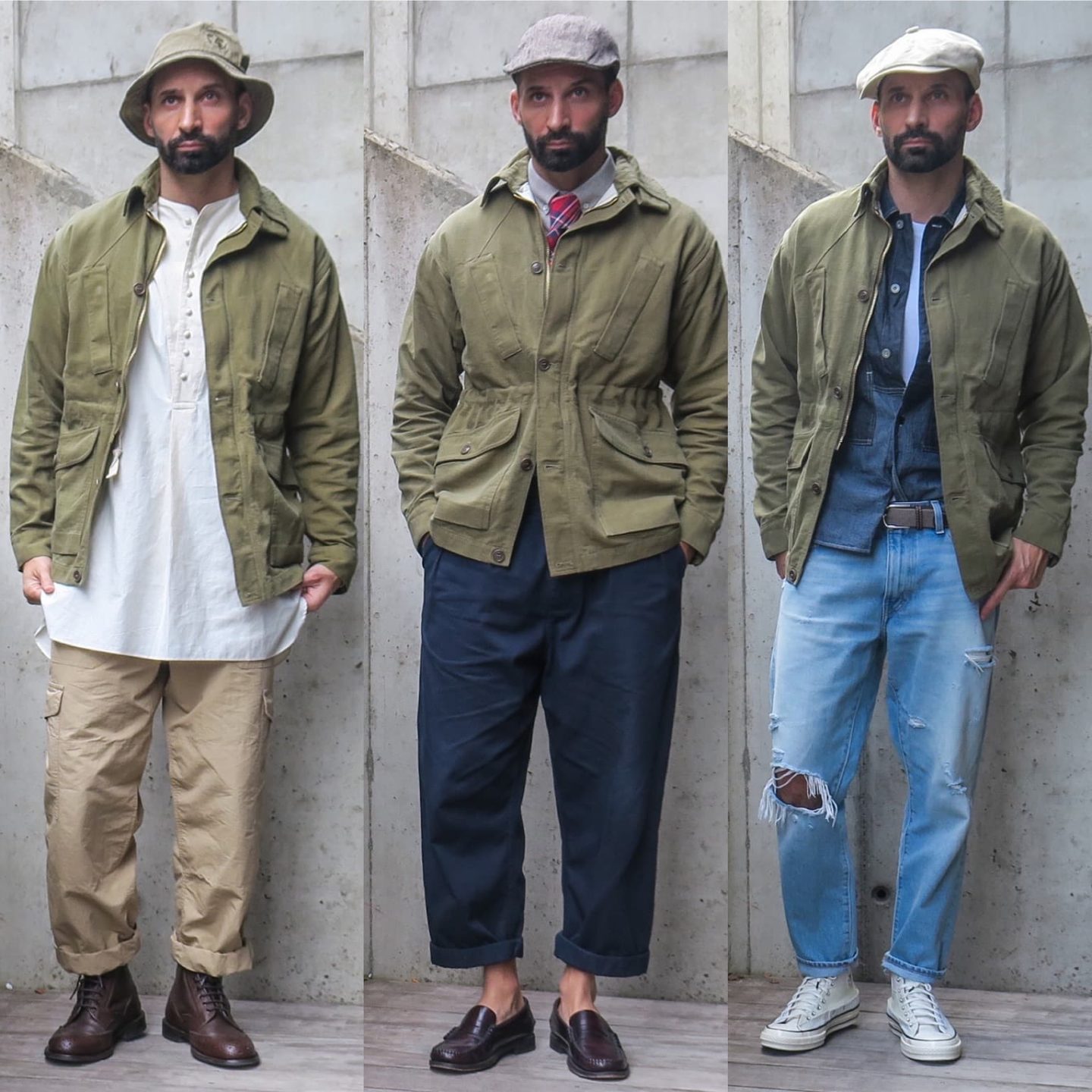
First all, thank you for the warm comments on my first article. This second one will be a kind of answer to the first. Some of you contacted me through the blog or through Instagram, mentioning that they were really attracted by the design of 1PAT-RN but discouraged by the prices. I have shared those feedbacks transparently with Cristiano Berto; the designer and co-owner of the brand. Cristiano answered that he tackled the topic in one of his newsletters, he forwarded it to me and this is were this second article took birth. And as an engineer, when Cristiano tells me that the value of a product was the related to the sum of its individual components, it speaks to me!
The concept of this article is to take you through the lifecycle of a product: from the concept and design to the choice of the fabric, the accessories, the details and finally the manufacturing. We won’t talk about prices but rather about a « philosophy of value». Through this article we will dive deep in the value of the carrier Jacket, one of my last 1ST PAT-RN item.
As we are on an inspirational blog, there will be some outfits of course with three different ways to interprete this carrier jacket. I hope that through that article you will learn about what makes the value of a garment and assess if the price matches with the value of what you get.
1. THE CONCEPT OF THE CARREER JACKET : « A TAILORED FIELD JACKET WITH A TOTAL LIBERTY OF MOVEMENT
Designers not only create products for the sole purpose of selling but also to transmitting the stylistic values in which they believe. The designer can then invest time and energy in creating products that materialize their passion and beliefs but take the risks to not meet the success expected. For each new product launched, many ideas were thrown on the table, many research and sketches were done, and this creative time has of course an impact on the cost of an item.
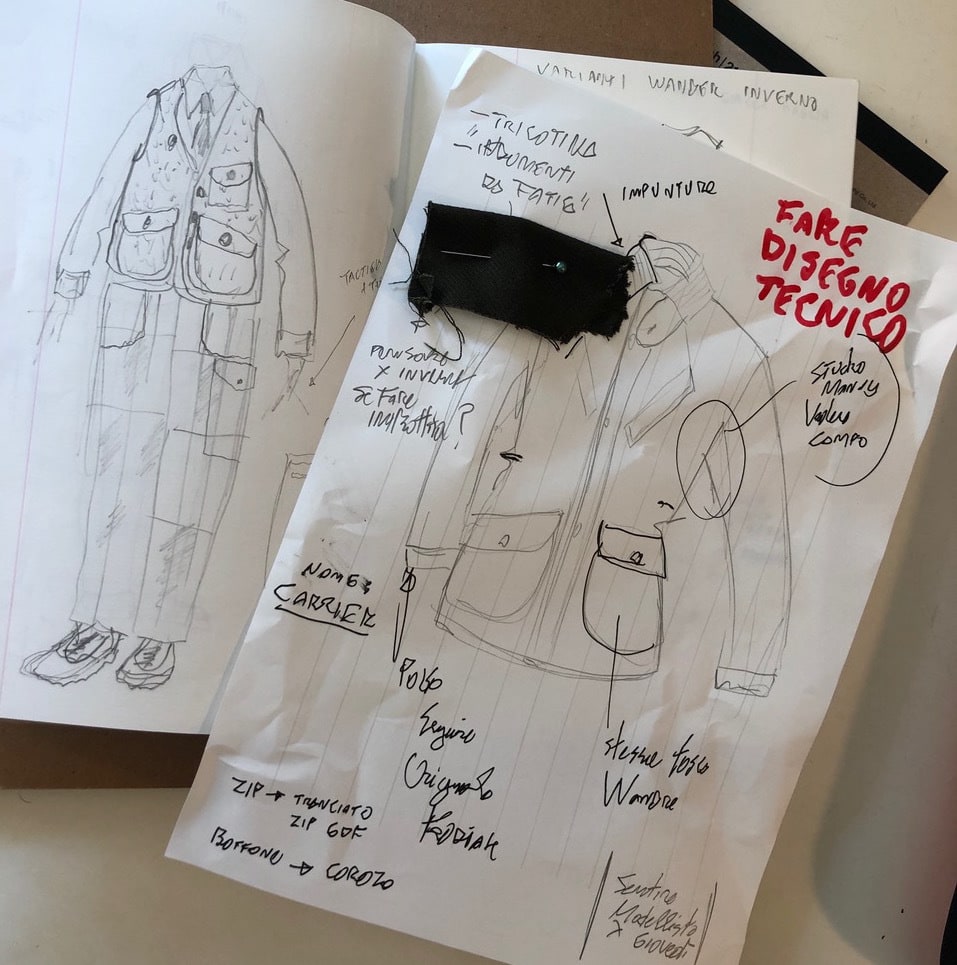
The Carrier jacket is born from the obsession of Cristiano for field jackets, but jackets with an armhole large enough to be worn over a navy blazer and still allow movement. The initial inspiration comes from an Irish military jacket from his archives. The concept was to explore a more tailored version of it whilst keeping the operational function of a tactical product and so guarantee the freedom of movement. Cristiano has even received field jackets modified by soldiers operative in conflicts. By a deep study of the sleeves, he was then able to assess of the main expectations for his Carrier jacket. The positions of the waist and the zip have been also designed in that spirit of freedom to allow you to move and sit comfortably.
What remains from the initial Irish jacket are just the neck and the upper pockets. All the rest has been revised and re-proportioned. The lower pockets have been added for the coherence with the rest of the collection and can be found for example on the wander vest (link) or the kodiak jacket.
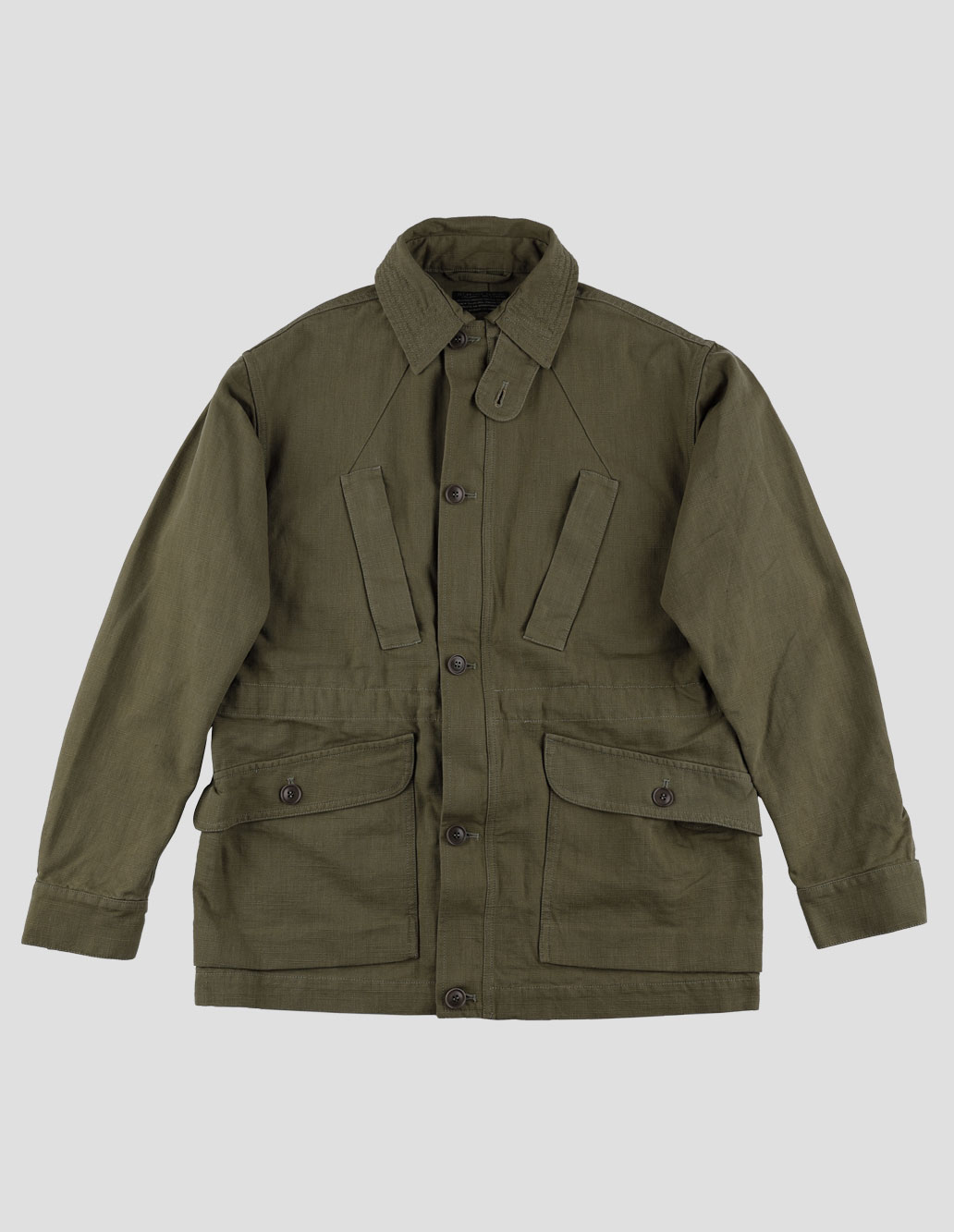
2. THE FABRIC OF THE CARRIER JACKET : THE REP SLUB
1ST PAT-RN fabrics comes at 90% from Veneto (The region of Venice), the other fabrics are coming from Tuscany (also in Italy) and one from Japan. The advantage is the control of the quality as you are close to your manufacturers and can be onsite. But this choice comes at a price as it is ten to twenty times more expensive than producing a fabric in the Far East.
This decision also enters into the personal sustainable approach of 1ST PAT-RN, producing locally and only the quantities that will be necessary (some dozen!) This is not their way to produce thousands of units to optimize the cost of production, and then sell their unsold inventory to big e-commerce players below their production costs. That would only contribute to more pollution on our planet! But… producing only what you need impact the production cost by more than 30%, this is the sad reality but the co-owners want to stay consistent with their philosophy.
For my Carrier Jacket the fabric is the « rep slub ». The fabric is inspired from on old military coat from their archives. However the initial fabric was not good enough to them in term of quality and would not have met the comfort and reliability expected. They have then improved it using a linen and cotton fiber, with the sophisticated detail of the viscose yarn, derived from the processing of cotton, to create unexpected fluidity with respect to weight. They worked with a small weaver in the Veneto area and obtained an exclusivity which of course impact costs.
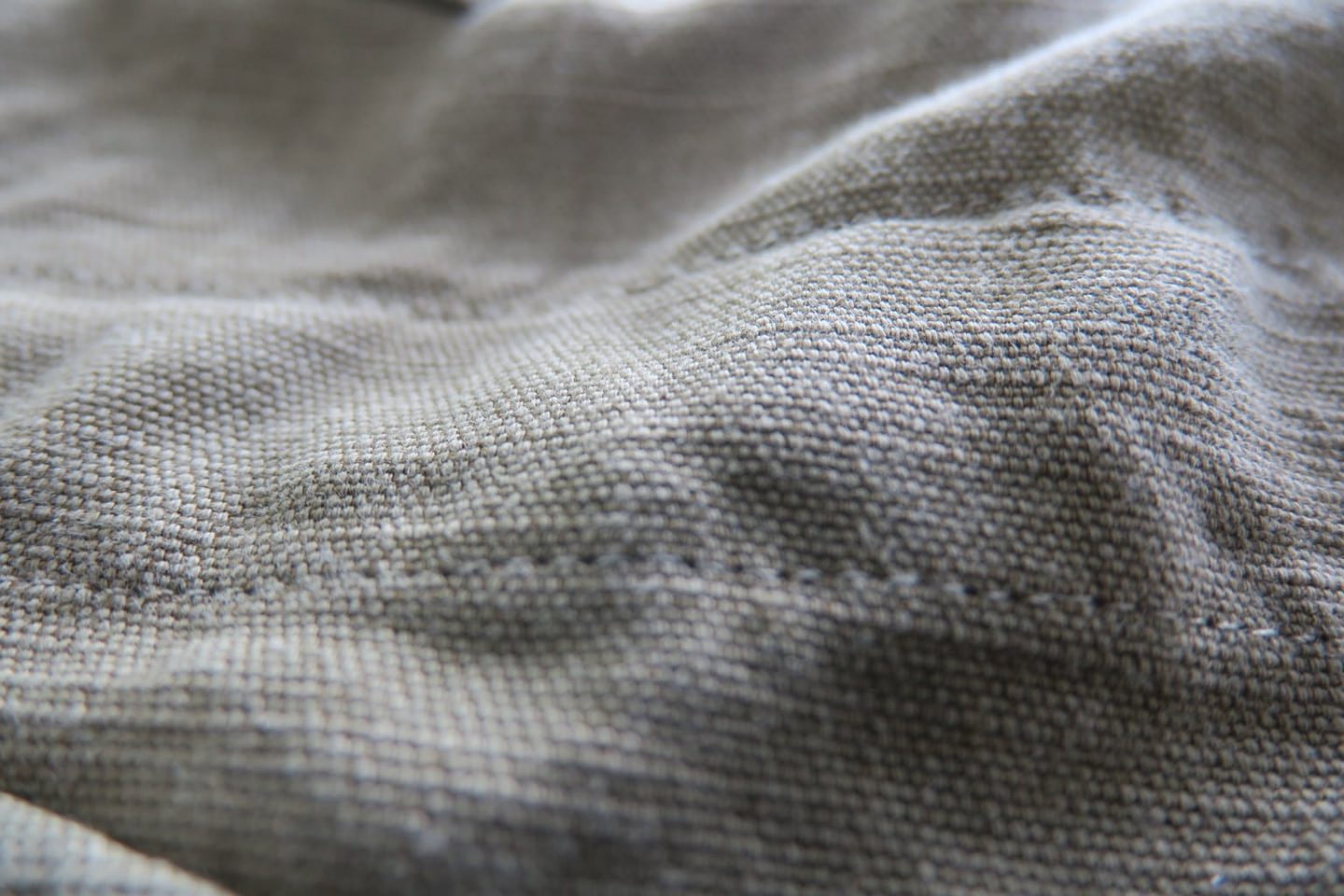
3. THE ACCESSORIES :
Buttons, labels, zippers, hangtags, and everything that decorates or serves a garment, significantly affect its cost. And this is not only about the cost of the research but mainly about the type of material used. A polyester button imitating horn or corozo, will be much cheaper than a real one. A label woven in a few units with very thin three-lobed yarns will be much more expensive than one made on large-scale industrial looms with poor yarns.
You can check the quality of the label: 1ST PAT-RN composition label are made in soft cotton/polyester with selvage on both sides. And this is also true for zippers. Those cut from a single sheet of brass (military spec. manufacturing) are more expensive than the « die-cast » ones produced in the Far East.
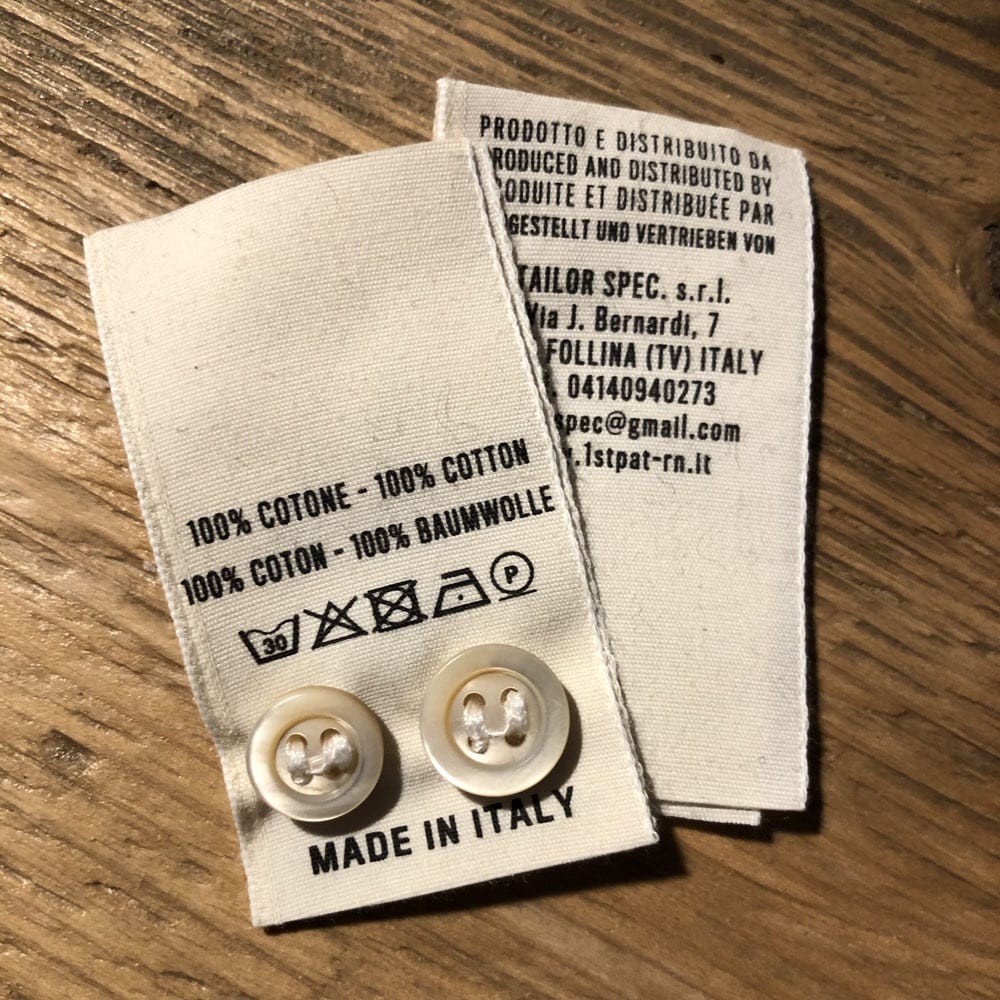
For my carrier jacket, they have used corozo buttons “made in Italy” and the zippers are produced by ZIP an Italian manufacture that creates a high-end product. The corozo is also called «vegetal ivory » as it is made in from seeds of certain palm trees in South America and has the aspect of ivory. ZIP was one of the first (and perhaps one of the the only) companies in Italy which reproduced perfectly the military-type zippers and introduced them to luxury clothing. ZIP was also involved in sustainability (http://www.zipgoffredo.com/it/green-zip/) long before it became a fad phenomenon.
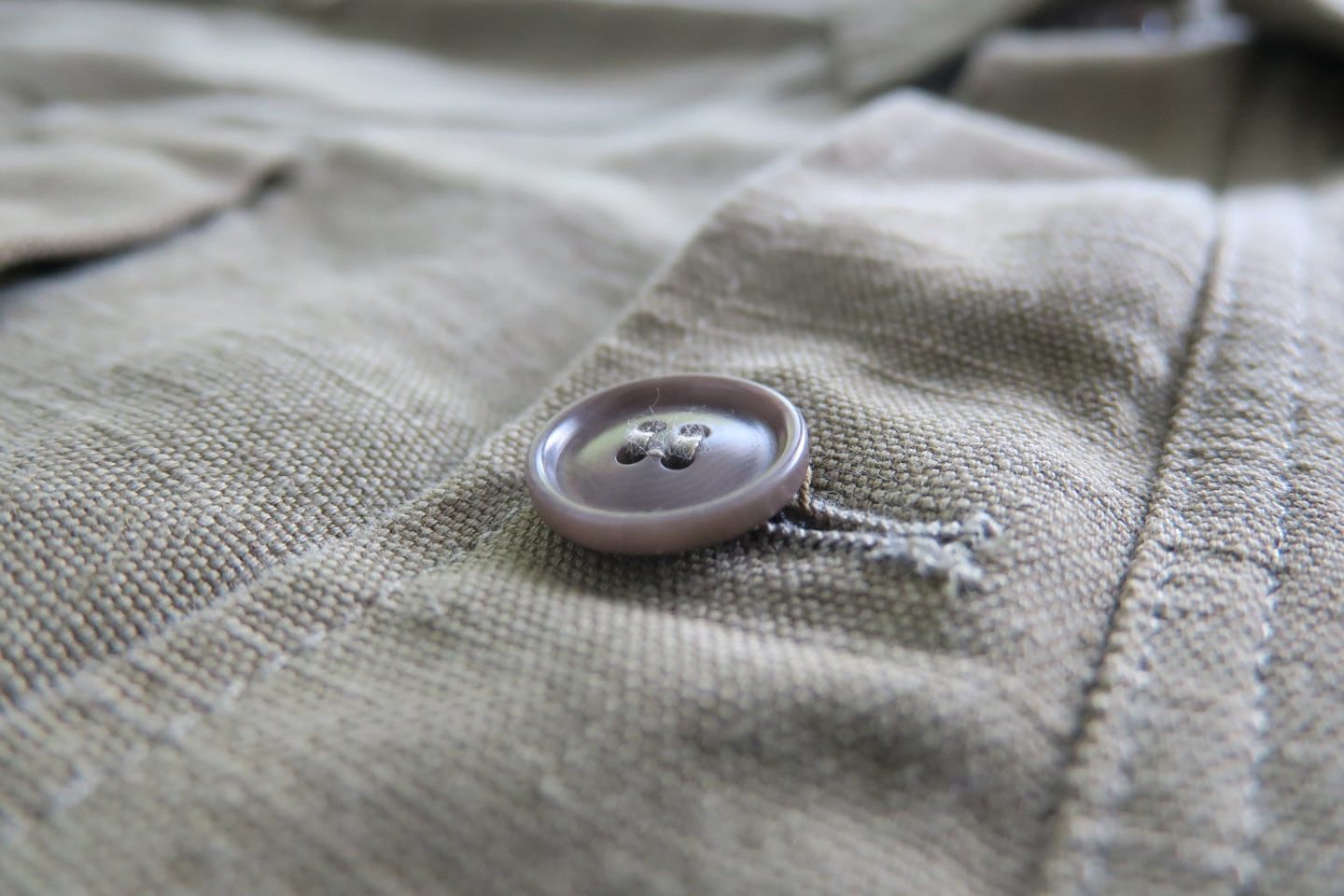
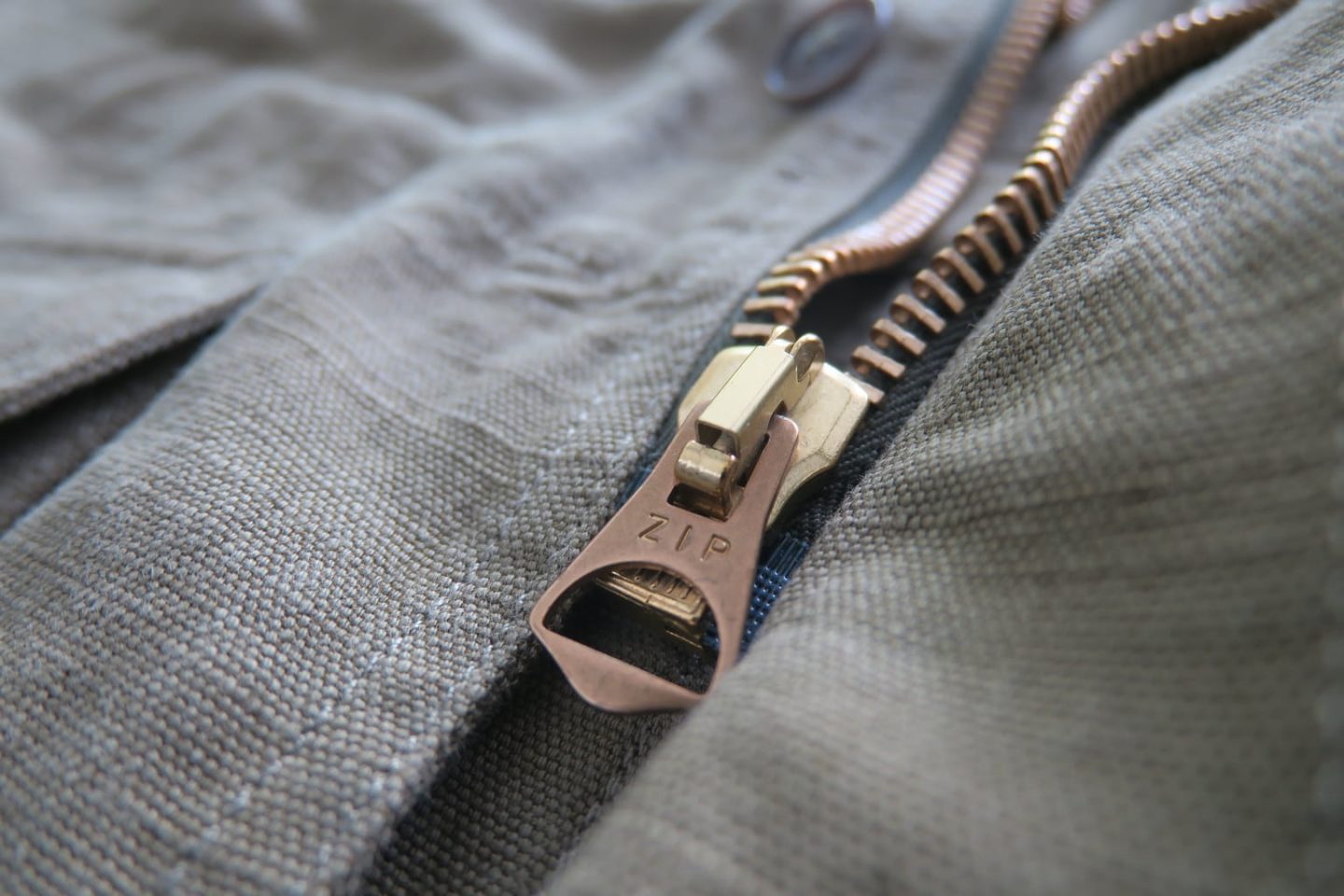
4. THE DETAILS
The details are directly linked to the manufacturing concept. A detail such as the construction of a pocket can affect the manufacturing price with two-digit figures. And when a designer thinks about a product, they believe it is necessary to respect their idea as much as possible as it corresponds to a need. They wouldn’t not want to see it perverted only because of commercial reasons. But the reality is that you have this freedom only if you are the designer of your own company…
For the carrier jacket, the internal construction reflects a carefully designed product. The addition of two pockets increases the cost, the use of linings to strengthen the chest as well.
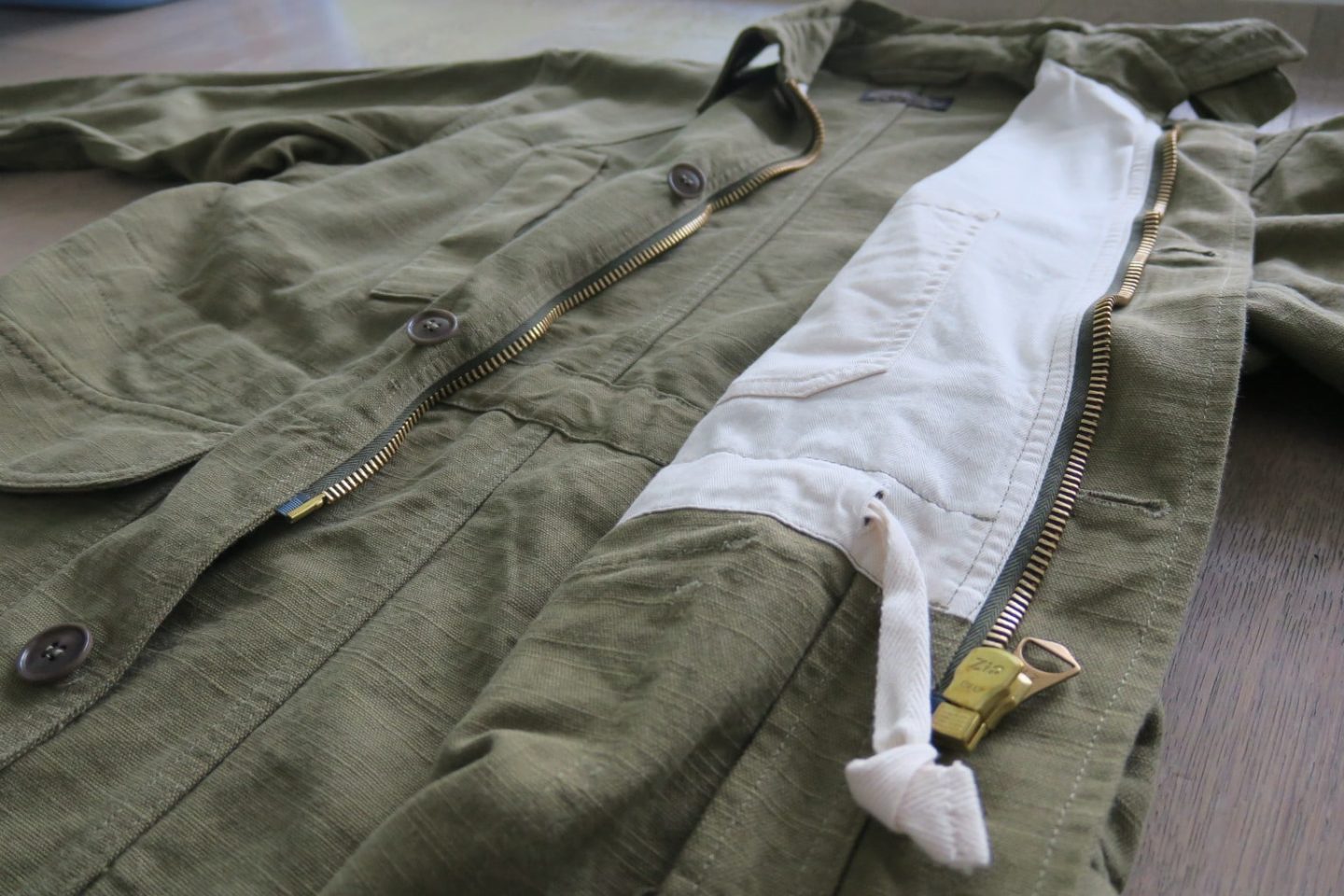
5. THE MANUFACTURING:
The manufacturing is the assembly of the garment : the type of stitching, the type and brand of the sewing yarn, the pattern and the patternmaker, the placement of the fabric when the garment is cut on the table and then sewn. All those elements are both technical and operational. They are performed by workers who put their experience and expertise at the service of the concept.
With that in mind, it is the obvious that the faster a piece of clothing is assembled, the less it will cost. The country in which piece of clothing is produced will have a substantial impact on the costs, based on the labor costs, the work regulation and the ethical and sustainable considerations. The manufacture is therefore an integral part of the value what we buy and this needs to be taken into account at the time we purchase.
For the carrier jacket; this is 100% made in Italy!
NOW TIME FOR OUTFITS… THREE LOOKS WITH THE CARRIER JACKET
TACTICAL
This first look is born from a discussion I had with Cristiano on Instagram when I purchased my cargo pants. Cristiano shared with me some pictures of US soldiers in operations in Afghanistan; wearing their cargo with a Shalwar Kameez (long shirt worn by the locals in central Asia) and told me that he was working on his interpretation of that type of shirt. I thought that a shirt longer that the jacket would be interesting in a tactical look. The shirt comes from the Japanese brand Haversack (https://haversack.jp) and its sand tones fit well in a tactical look. The bucket hat is a Nigel Cabourn and is also inspired from the army, as this is a Daisy Mae type in HBT as worn by the marines in the 40s. And to finish this look, I wanted some boots; this is a pair of country boots from the British label Trickers. Those one are super interesting as they have the elegant feel of brogues but they have also a rugged aspect with this grained leather and the grippers on the sole, exactly what I needed for that outfit!
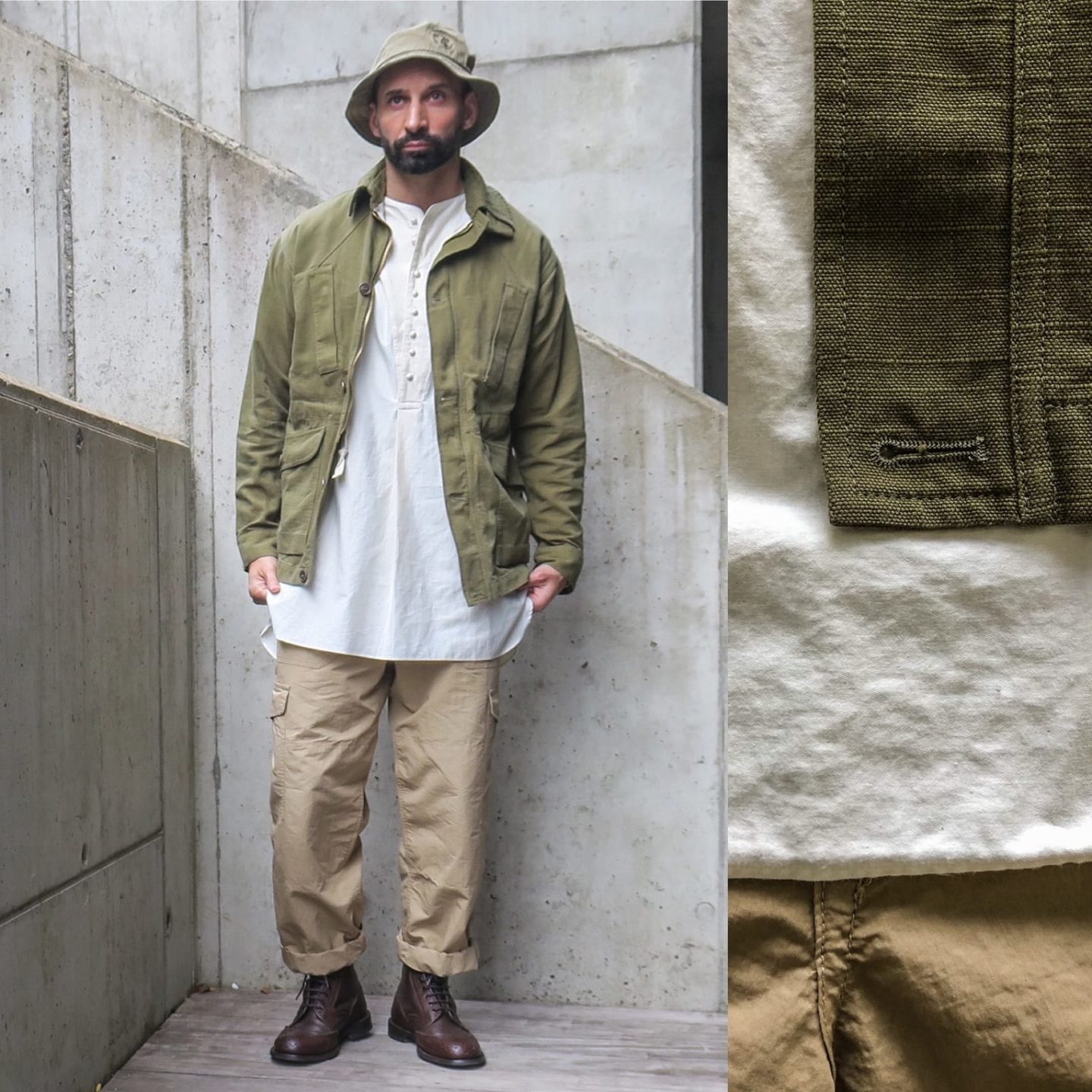
INTERNATIONAL TRAD
For this second fit, I wanted to go away from the military origins of the Carrier Jacket. When the waist is adjusted, I find a very elegant feel to this jacket. I have then associated this jacket to a navy double pleated pant from the brand Universal Works. Navy and olive is definitely my favorite combo. Those pants have a nice volume and echo well the vest. The pleats reinforce the elegance of the silhouette. To match in term of colors and remind the rugged aspect of the fabric of the jacket, I have picked a greyish chambray shirt from the French brand Drapeau noir Paris. If you check the lookbooks of 1ST PAT-RN or Cristiano’s outfit of the day on Insta, you will notice that he has a love-story with ties. Accessories are also an opportunities to bring a bit of color and textures in your looks. This is how I used this madras tie with a touch of red to warm the silhouette and navy to echo the pants. To enhance this elegant fit, a pair of Sebago Penny loafers. This is a detail of Fashion geek but the color is oxblood and is a reference to the red tones of the tie. Finally the flat cap is a Stetson in silk.
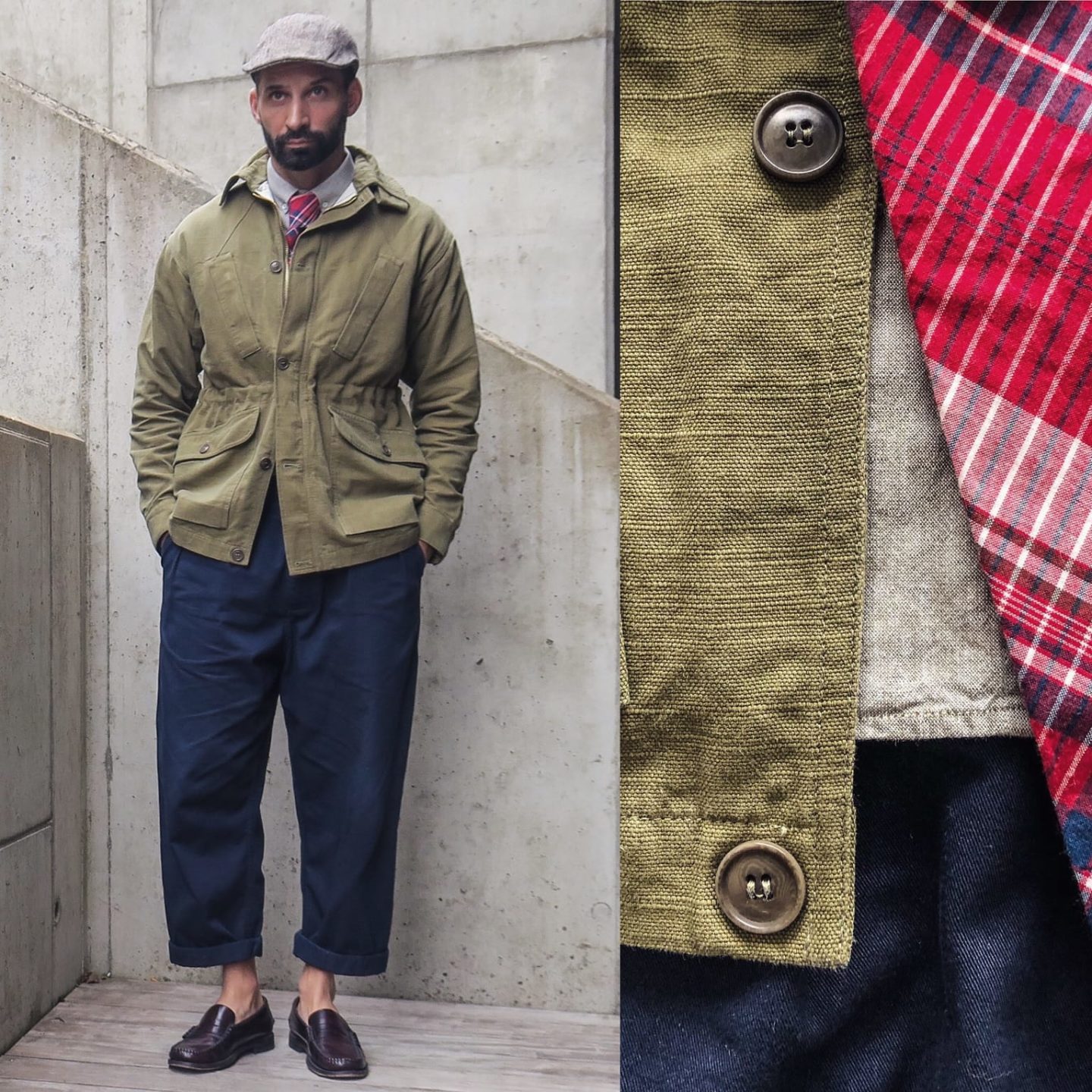
DENIMAL
For the last look, I wanted to show the versatility of that jacket and how it can fit also perfectly with a full denim outfit. The shirt is from Nigel Cabourn and has the particularity to have two different tones of denim; I have let it open with a white T-Shirt under to bring some light to the top of the silhouette. The belt is from the French brand billy belt. This brand was recommended to me by Boras; their price are really affordable and what’s interesting is that they have nearly all colors, and this olive one is a visual reminder to the carrier. The pants are levis made and crafted, I bought them in Santa Monica’s levis store but they were made and crafted in Japan; certainly not my most sustainable pair of pants but I love them anyway. And again to light up the look, I put a white cap (Stetson again from Monsieur Cam) and white sneakers (converse chuck 70).

CONCLUSION:
I hope that you enjoyed this article and learnt a bit about the value of a product. Personally I also consider two other factors when I invest in a garment: „Is it versatile enough?“ and „Is it agnostic of trends?“ And this is what I like with this carrier jacket, it works well with a pleated pant and a tie, but also with a cargo and boots or with a denim and sneakers. This model is in each collection of 1ST PAT-RN and when I look at the fabric I know I will have it for years.
So BUY LESS but BUY BETTER!
Cedo
(let get in touch on IG)

